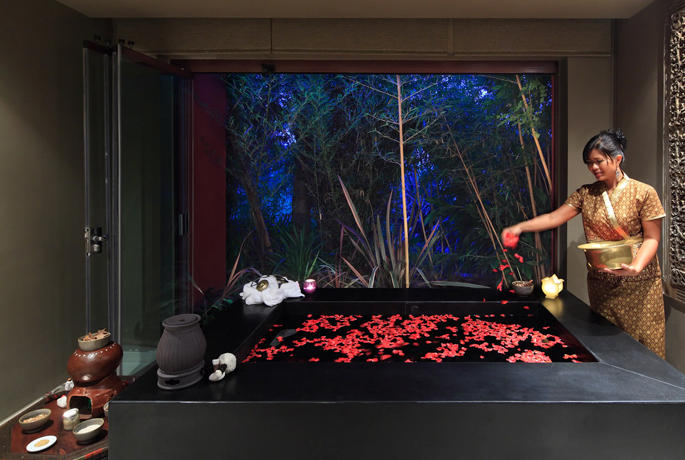JAPANESE KATANA
Today, from the Asia Gardens Hotel & Thai Spa we are bringing you to one of the most luxurious and mysterious worlds known to men in Japan, the world of the katana, an object that represents cult, tradition and luxury to those who have it.
The katana, according to the Royal Spanish Academy means, sable in Japanese. However, the literal translation of the word is “Japanese sword”. This is a type of sable with a curved and unique blade traditionally used by samurais.
There are different types of katana, but the most known one is the “Oda Nobunaga”.
The origin of the Japanese katana dates back to the 10th-12th Centuries, when the Chinese of the Song Dynasty introduced it in the country. This curved sword, known as sable, simply evolved until it became the Japanese katana.
The katana used to be carried only by samurai warriors in Japan. It was considered a symbol of status, and should a lower class citizen be seen carrying one, they would be sentenced to death.
For samurai warriors the sword was an extension of their souls, and it was only to be used when absolutely necessary. Traditionally, each samurai named their own sword because it was such an important part of their own being. When a samurai died honourably, he commited suicide using his katana or a “wakizashi”.
This is a katana:
- Hamon: differential line on the blade. Curved Notare style.
- Iori-Mune: type of blade, not sunken.
- Kissaki: point.
- Mei: warrior’s signature, generally on the Nakago.
- Mekugis: fasteners to hold the handle, Tsuka to the Nakago, often made out of bamboo.
- Mekugi-Ana: holes for the fasteners.
- Menuki: metal ornaments on the sides of the handle.
- Moto-Haba: width of the blade.
- Moto-Kasane: thickness of the blade on the Habaki.
- Mune: contre-point.
- Nagasa: length.
- Nakago: part of the blade that fits into the handle.
- Nike: sunken part.
- Saki-Haba: width of the blade at the start of the Kissaki.
- Same: lining of the Tsuka. Often made out of ray shark to avoid the Tsuka-Ito from being slippery.
- Sori: curvature.
- Sugata: type of blade.
- Tsuba: buckler, often decorated using natural motifs.
- Tsuka: handle.
- Tsuka-Ito: lining of handle.
- Yokote: part that separates the point from the rest of the blade.
If you like Asian objects and luxury, come visit us at the Asia Gardens Hotel & Thai Spa where you will enjoy a great display of Asian culture and many objects brought straight from the Asian continent. Come visit us!



